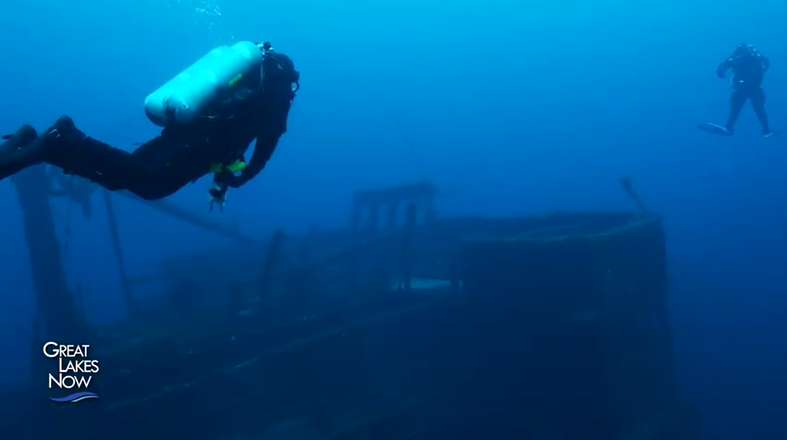This lesson will explore the phenomenon of ice cover as students learn about ways that winter is “shrinking” in the Great Lakes. They will engage with the science of phase changes as it relates to temperature.
Related Lessons
Did you know that over 10,000 tons of plastics enters the Great Lakes every year? Researchers in New York have been looking into plastics pollution in the Great Lakes as they try to grasp the scope and look for possible solutions.
A partnership of the John G. Shedd Aquarium’s Kayak for Conservation program and the Urban Rivers organization has created new “floating” islands to replace the habitat and give citizen scientists an opportunity to help with the project and its research. These artificial “islands” are anchored to the river’s edge and bottom, providing a base for plant species to grow and places for fish to spawn and grow. Turtles and birds also find food and shelter among the grasses.
The Great Lakes only national marine sanctuary brings underwater history up close. Whether you’re in a glass-bottomed boat, looking down from a kayak, or diving underwater, the shipwrecks at the Thunder Bay National Marine Sanctuary give you a haunting look at the past.





